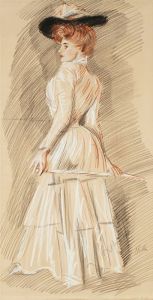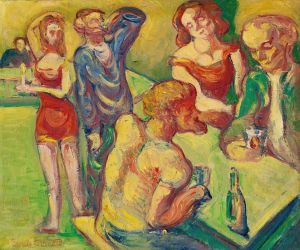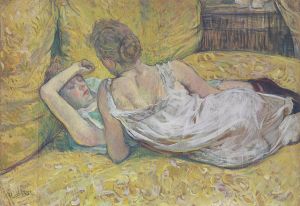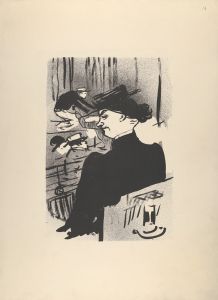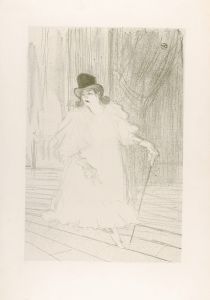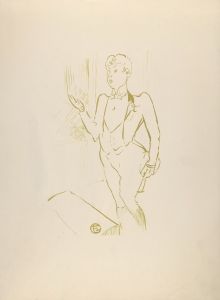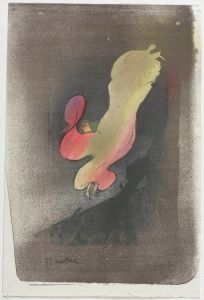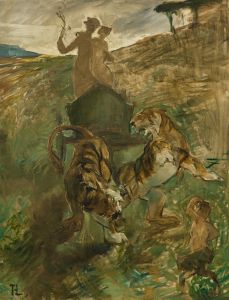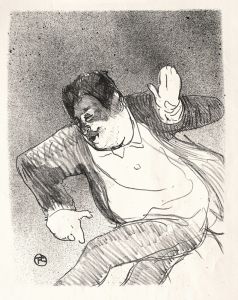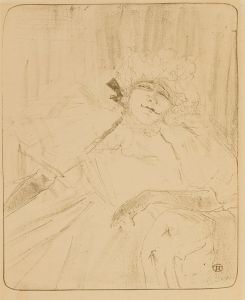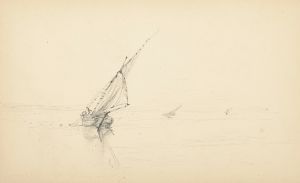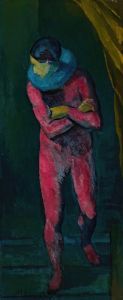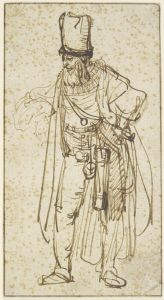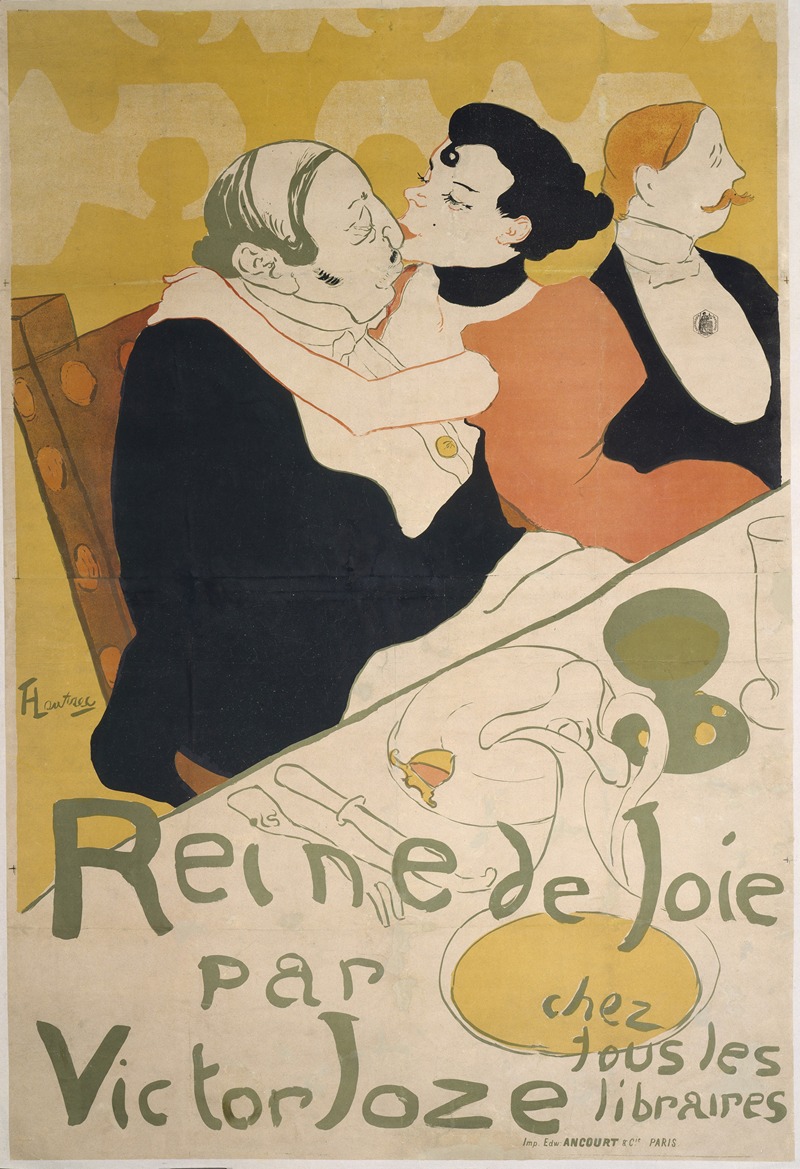
Reine de Joie par Victor Joze
A hand-painted replica of Henri de Toulouse-Lautrec’s masterpiece Reine de Joie par Victor Joze, meticulously crafted by professional artists to capture the true essence of the original. Each piece is created with museum-quality canvas and rare mineral pigments, carefully painted by experienced artists with delicate brushstrokes and rich, layered colors to perfectly recreate the texture of the original artwork. Unlike machine-printed reproductions, this hand-painted version brings the painting to life, infused with the artist’s emotions and skill in every stroke. Whether for personal collection or home decoration, it instantly elevates the artistic atmosphere of any space.
Henri de Toulouse-Lautrec, a prominent French painter, printmaker, and illustrator, created the artwork "Reine de Joie par Victor Joze" as a lithograph in 1892. This piece is part of his extensive body of work that captures the vibrant and often provocative nightlife of Paris during the late 19th century. Toulouse-Lautrec is renowned for his depictions of the bohemian lifestyle in Montmartre, an area known for its cabarets, dance halls, and the colorful characters who frequented them.
"Reine de Joie par Victor Joze" was designed as a promotional poster for a novel by Victor Joze, a writer known for his works that often explored themes of decadence and the complexities of Parisian society. The novel "Reine de Joie" (translated as "Queen of Joy") delves into the life of a courtesan, reflecting the social dynamics and moral ambiguities of the time. Toulouse-Lautrec's poster effectively captures the essence of the novel, using his distinctive style characterized by bold lines, striking colors, and a keen sense of movement and emotion.
The lithograph features a central figure, presumably the courtesan, depicted with exaggerated features and a confident demeanor, embodying the allure and charisma associated with such figures in Parisian nightlife. The use of vibrant colors and dynamic composition draws the viewer's attention, while the text integrated into the design provides information about the novel and its author. Toulouse-Lautrec's ability to blend text and image seamlessly is a testament to his skill as a graphic artist and his understanding of the commercial aspects of art.
Toulouse-Lautrec's work, including "Reine de Joie par Victor Joze," is significant not only for its artistic merit but also for its documentation of a particular era in Paris. His posters and prints offer a window into the cultural and social landscape of the time, highlighting the interplay between art, literature, and the entertainment industry. The artist's unique perspective and innovative techniques have left a lasting impact on the world of art, influencing generations of artists and designers.
The lithograph is part of Toulouse-Lautrec's broader exploration of the themes of modernity and the human condition, often focusing on individuals who lived on the fringes of society. His empathetic portrayal of such characters challenges the viewer to consider the complexities of identity and societal norms. Toulouse-Lautrec's work remains highly regarded for its ability to convey the spirit of an era while maintaining a timeless appeal.
Today, "Reine de Joie par Victor Joze" is appreciated not only as a piece of art but also as a historical artifact that provides insight into the cultural milieu of late 19th-century Paris. Toulouse-Lautrec's contributions to the art world continue to be celebrated in exhibitions and collections worldwide, ensuring that his legacy endures.





